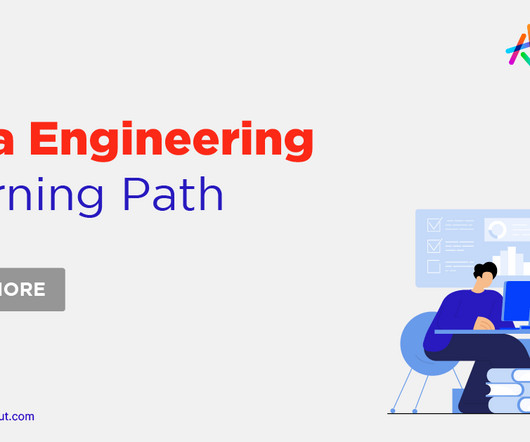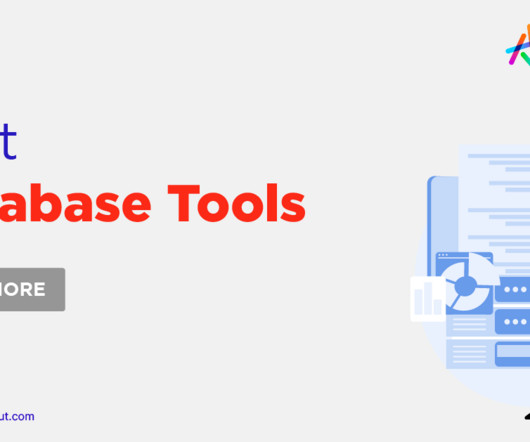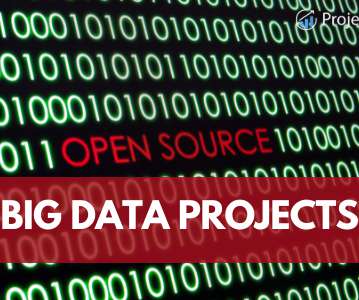Data Engineering Learning Path: A Complete Roadmap
Knowledge Hut
JUNE 23, 2023
Coding helps you link your database and work with all programming languages. You should be well-versed in Python and R, which are beneficial in various data-related operations. Get certified in relational and non-relational database designs, which will help you with proficiency in SQL and NoSQL domains.












Let's personalize your content